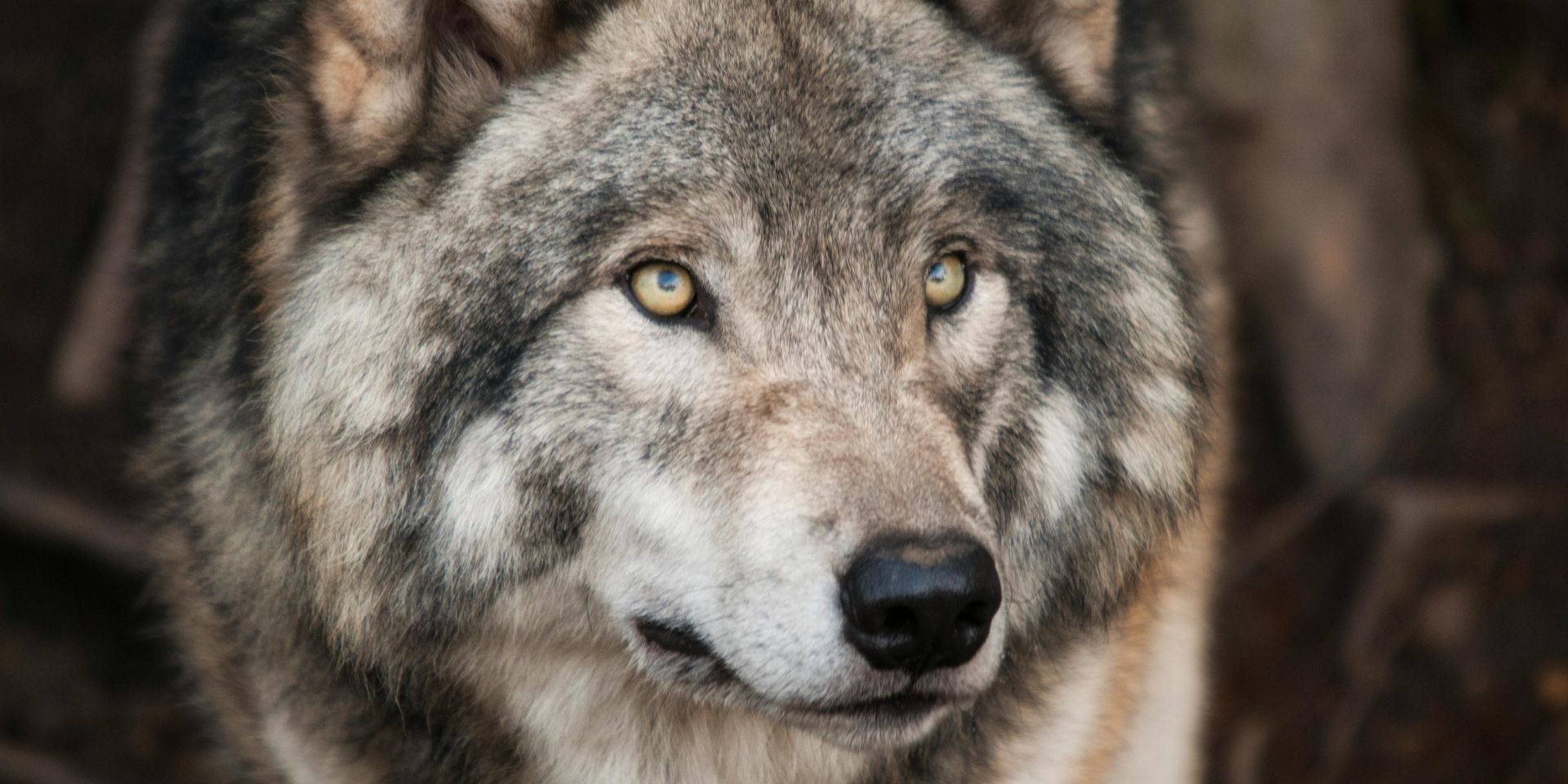
Short answer: no.
Not unless you exclusively buy free-range wild game that hasn’t been bled or inspected at a slaughterhouse—a nearly impossible task in modern life.
But the bigger question is: should you even try to feed a dog like a wolf?
Are Dogs Carnivores or Omnivores?
Many pet owners wonder if the wolf diet for dogs makes sense because dogs are part of the order Carnivora. But classification is not the same as diet.
Dogs are better described as carni-omnivores—omnivores with a strong preference for meat. Unlike cats (true carnivores), dogs can convert beta-carotene into vitamin A. That means a dog could live on carrots without deficiency, but a cat could not.
Historically, dogs have survived on kitchen scraps, grains, vegetables, carrion, and occasional prey. They are not strict carnivores like wolves.
Wolves vs. Dogs: Diet Differences
The wolf diet for dogs trend is based on the idea that dogs should eat what wolves eat. But after thousands of years of domestication, dogs and wolves are no longer the same:
- Taxonomy: Wolf = Canis lupus, Dog = Canis lupus familiaris.
- Domestication: Began over 10,000 years ago.
- Life Expectancy: Wolves live ~5 years in the wild, dogs 12–15 years.
- Digestion: Dogs can digest starch effectively; wolves cannot.
- Feeding Style: Wolves eat raw meat, organs, and pre-digested plants. Dogs need vegetables and grains cooked or pureed for proper digestion.
- Energy Needs: A wolf requires over 5000 kcal/day, while a dog of the same size needs just ~1400 kcal/day.
- Simply put: feeding a raw diet for dogs exactly like a wolf’s isn’t realistic—or healthy.
Wolf Diet vs. Farmed Meat
Another reason why the wolf diet for dogs doesn’t translate well is that modern meat is not the same as wild prey.
- Industrial Chicken: High fat, poor omega-6 to omega-3 ratio, low B12 and vitamin D.
- Grain-Fed Lamb: Very fatty, omega balance skewed, lower omega-3.
- Grass-Fed Lamb: Healthier fats, better omega balance, more vitamin E.
- Wild Game (moose, reindeer): Lean, rich in omega-3, high in minerals and collagen—closest to what wolves eat.
- Unless you can consistently source wild game, you can’t truly mimic a wolf’s diet.
Why You Can’t Replicate a Wolf’s Diet for Dogs
Even if you wanted to, several barriers make the wolf diet for dogs impossible to replicate:
- Blood nutrients: Wolves consume blood, but livestock is drained at slaughter.
- Brains & spinal cord: Wolves eat them, but they are banned for pet feeding in the EU.
- Farming practices: Domesticated livestock nutrient profiles differ from wild game.
BARF Diet for Dogs: A Safer Alternative
Instead of trying to copy wolves, many owners turn to the BARF diet for dogs (Biologically Appropriate Raw Food). This approach balances animal and plant ingredients in a way that reflects both evolution and modern needs.
A typical BARF breakdown:
- 70–80% animal ingredients (meat, bones, organs, blood).
- 20–30% plant ingredients (vegetables, fruit, herbs—cooked or pureed).
- Supplements
Each component plays a role:
- Muscle meat: Protein & amino acids.
- Organs: Vitamins & minerals (liver = vitamin A, heart = taurine).
- Bones: Calcium & phosphorus.
- Plants: Fiber, prebiotics, antioxidants.
With the right balance, the BARF diet can support long-term health, unlike an unbalanced attempt at a wolf diet.
Should You Feed Your Dog Like a Wolf?
The wolf diet for dogs may sound natural, but it doesn’t fit the life of a companion animal. Wolves are built for survival; dogs are built for longevity.
✅ With proper planning, the raw diet for dogs (BARF) can meet their nutritional needs.
✅ With supplementation, you can avoid gaps caused by industrial farming.
✅ With balance, your dog can live a healthy, happy, and long life—not as a wolf, but as your best friend.